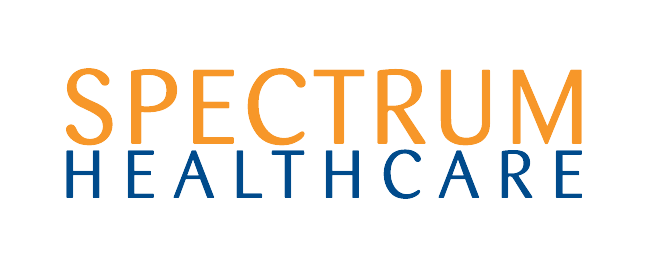
De Quervain’s Tenosynovitis aka Texting Thumb
“Texting thumb”, medically called De Quervain’s Tenosynovitis, earned its name as it is a painful inflammatory condition that arises from repetitive movements of the thumb. As such, this condition has also been associated with gamers, office workers, carpenters, musicians, clothes designers, chefs and new mothers – i.e. roles that require constant gripping, clenching, lifting, pinching and wringing of objects.

In the general population, “texting thumb” afflicts approximately 4% of the population and impacts significantly more women than men. Prevalence of this condition peaks around a person’s 40’s, with almost 10% of this age group suffering from this condition(1).
What causes pain in De Quervain’s, a.k.a. “texting thumb”?
Normally, the EPB (extensor pollicis brevis) and the APL (adductor pollicis longus) muscles run along the outside of the wrist in line with the thumb. These muscles help allow us to articulate the thumb to use perform all kinds of tasks. “Texting thumb” or De Quervain’s Tenosynovitis is when there is inflammation of these muscle tendons due to overuse.

This irritation of the tendon lends to an “aching, burning or pulling” pain on the thumb side of the wrist, particular in actions of the hand. Sometimes, this region will also have palpable swelling and tenderness. In the later stages of the disease, a person may develop weakness and altered sensation in the hand.
After Childbirth, a.k.a. “baby wrist”
In additional to the many occupation-related causes, De Quervain’s tenosynovitis also commonly affects new mothers. This is why some have come to call this condition “baby wrist”. Repeated lifting and lowering of your newborn baby, or spending extended time holding your baby’s head during breastfeeding can often trigger De Quervain’s tenosynovitis.
In most cases of “baby wrist”, symptoms can be treated by modifying the way we use our thumb in these aggravating activities. For example, changing the way our pick up your baby and using pillows and other methods to help support the weight of your baby during breastfeeding.

Treatment for De Quervain’s Tenosynovitis, a.k.a. “texting thumb” or “baby wrist”
As De Quervain’s Tenosynovitis is an inflammatory condition, acute pain and symptoms can initially be settled by icing, elevation, gentle compression and over-the-counter anti-inflammatory medication. This initial period often required a temporary period of rest or modification of the activities that stir up pain. As such, this is highly dependent on people’s daily activities and occupation.
Depending on a person’s symptoms, this may be all that’s required. However, if symptoms are still quite bothersome after these changes your Physiotherapist may prescript a thumb splint to give the muscle tendons a chance to rest and recover.

References
1. Adachi, Satoshi & Yamamoto, Atsushi & Kobayashi, Tsutomu & Tajika, Tsuyoshi & Kaneko, Tetsuya & Shibusawa, Kazuyuki & Takagishi, Kenji. (2011). Prevalence of de Quervain's Disease in the General Population and Risk Factors. The Kitakanto Medical Journal. 61. 479-482. 10.2974/kmj.61.479.
